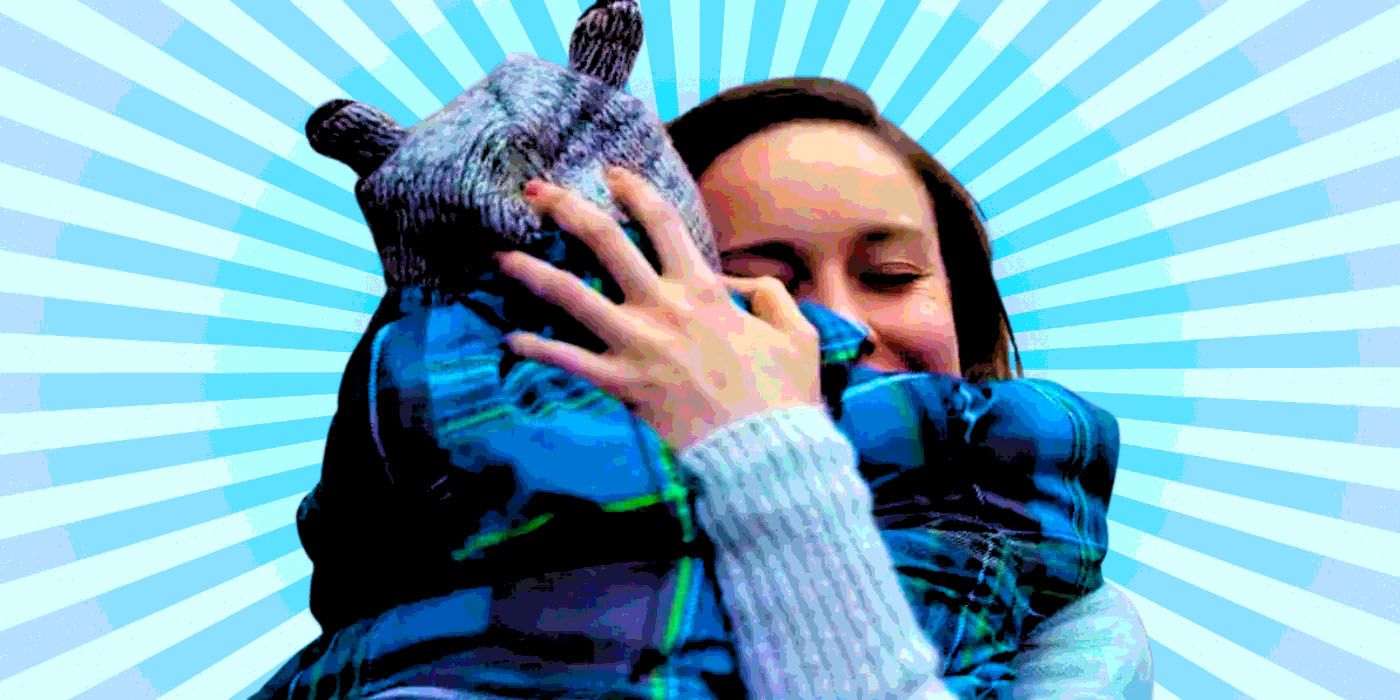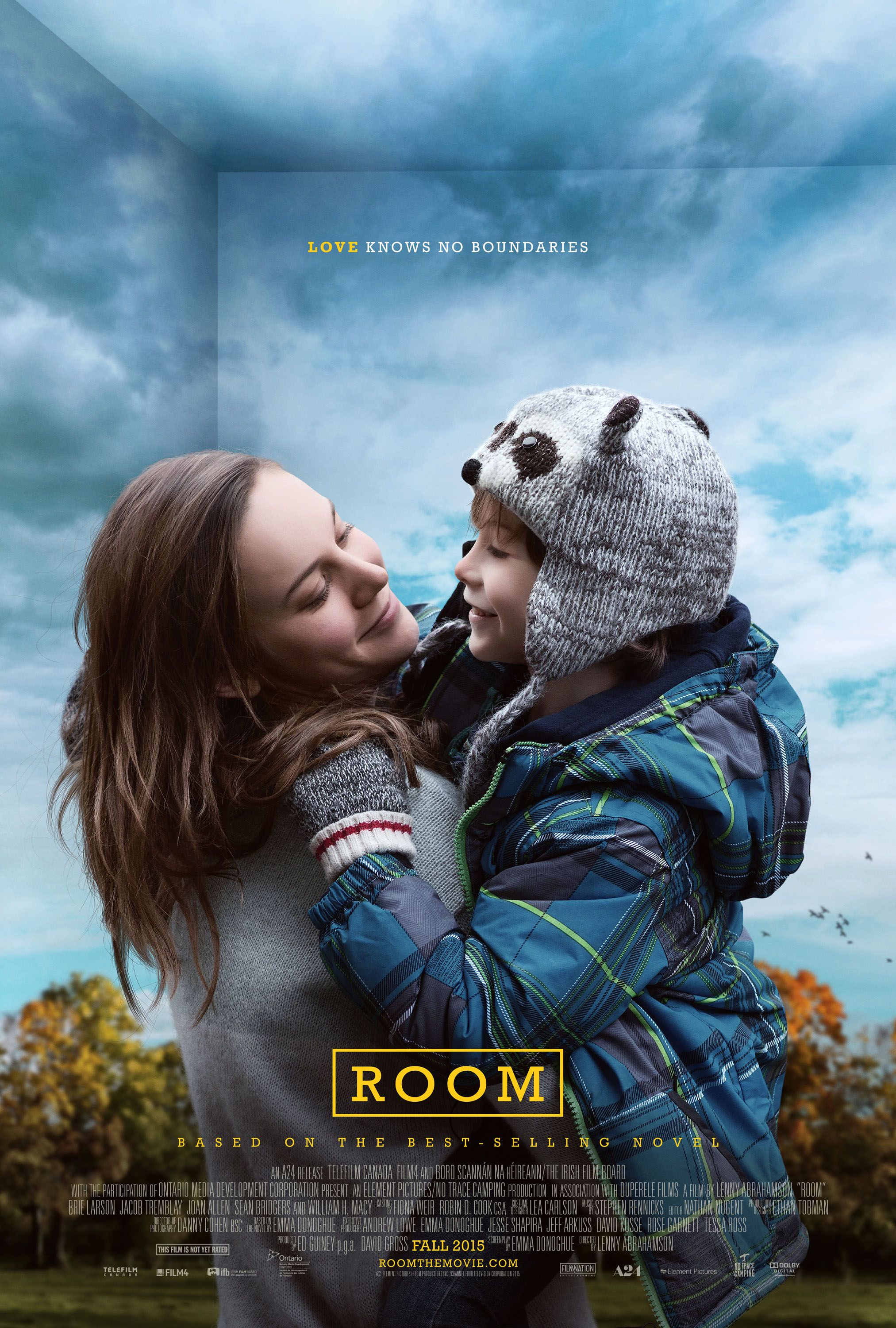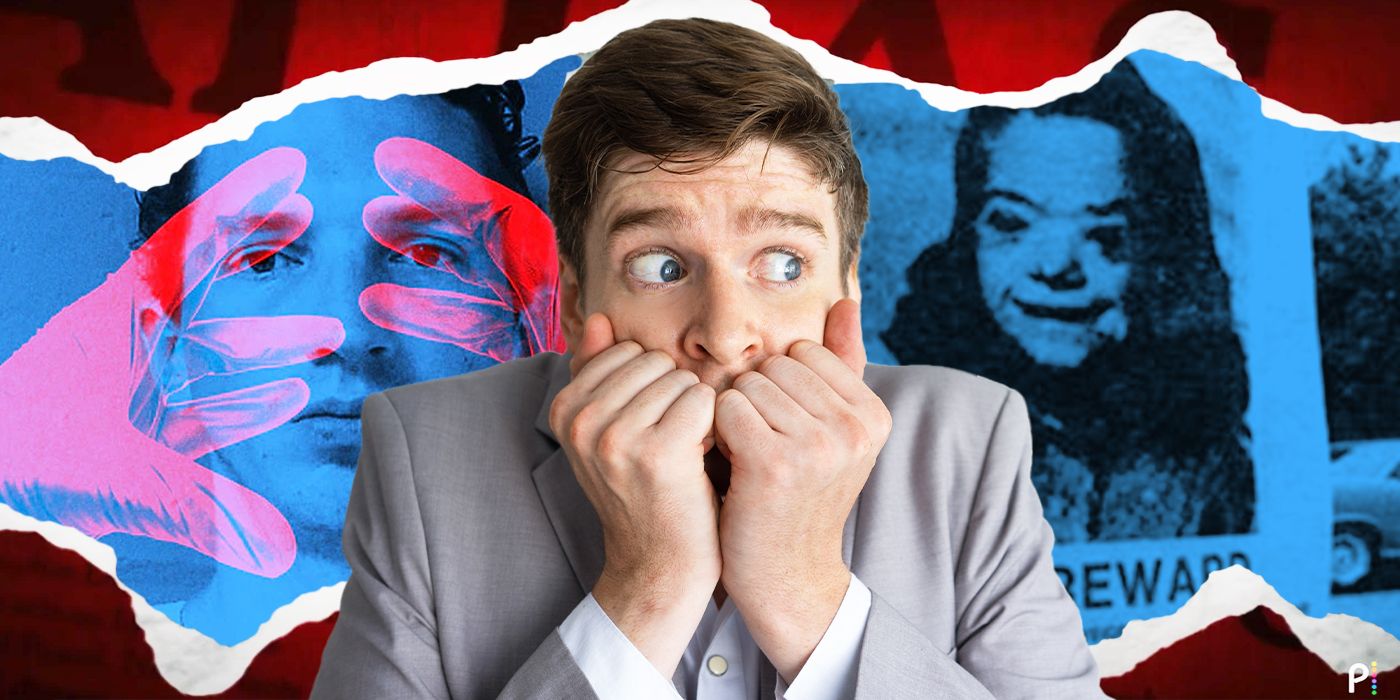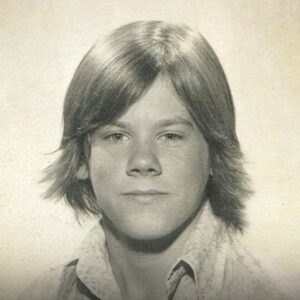‘Room’ Was Inspired by One of the Most Disturbing Kidnapping Cases of All Time
Writer Emma Donoghue did thorough research of some of the world’s most heinous cases.

Warning: Article contains information that may be disturbing to some readers.
The Big Picture
- Room is a harrowing yet hopeful film that explores the disturbing reality of a young woman and her son living in captivity.
- The film is based on the novel by Emma Donoghue and takes inspiration from the real-life story of Elisabeth Fritzl.
- The strong relationship between the actors, Brie Larson and Jacob Tremblay, adds depth to the film, as it portrays their escape and struggle to adapt to the outside world.
Room, the 2015 film based on the novel by Emma Donoghue, is at times harrowing, frightening, depressing, and, perhaps surprisingly, hopeful. The film tells the story of a young woman, Joy Newsome (played by Brie Larson in an Oscar-winning performance), and her five-year-old son, Jack (Jacob Tremblay). The pair live in a run-down shed they call “Room” somewhere in Akron, Ohio, where they are held captive by a man known as “Old Nick” (Sean Bridgers). “Old Nick” abducted Joy seven years before the events in the film, and Jack is his son, the result of one of his routine rapes of Joy.
It’s an exceptional film, one that benefits from the strong relationship between Larson and Tremblay, and one that engages the viewer with the horrifying reality of their situation, how Joy shields Jack as best she can from it, their escape, and their struggle to adapt to the outside world, which Jack has never known. While the film doesn’t detail a single real-life story, it takes its cues from one, specifically the story of Elisabeth Fritzl, as confirmed by Donoghue herself.

Room
Held captive for years in an enclosed space, a woman (Brie Larson) and her young son (Jacob Tremblay) finally gain their freedom, allowing the boy to experience the outside world for the first time.
‘Room’ Was Loosely Inspired by the Story of Elizabeth Fritzl
Elisabeth Fritzl’s story begins with her father, Josef Fritzl, in the late 1970s. Josef had petitioned for permission to build an underground complex under his home in the town of Amstetten, Lower Austria. The request was approved by officials, not uncommon given it was the height of the Cold War, and nuclear bunkers were being built regularly (Josef was even given a couple of thousand pounds to help with the building costs by the local council). Tons of earth were moved from beneath the house to accommodate the concrete room, built with supplies Josef had through local construction companies. Initially, the room was accessible through a heavy hinged door and a metal door, reinforced with concrete, which could be operated by a remote control.
Once the room was completed, the only access was by opening eight doors. Seven were already installed when Josef called up his daughter for help in hoisting the final door into its frame. It was August 1984, and Elisabeth was unwittingly aiding her father in completing the dark, windowless, concrete cellar she would call home for 24 years. Joy’s circumstances were different in Room, but no less unsettling. She was only 17 when Old Nick lured her by asking for help with his sick dog, locking her into the ramshackle shed, with its single skylight, in his backyard.

From Gypsy Rose Blanchard to a horrifying haunted house attraction.
When Elisabeth awoke that first day, Josef had strapped up her arms and tied them behind her back with an iron chain. The chains were attached to metal posts behind a bed, which allowed her only about half a meter of movement. He attached the chain around her waist to allow for more movement two days into her imprisonment, and removed it altogether sometime between six and nine months later, because, as reported in The Guardian, “it was hindering his sexual activity with his daughter.” The physical abuse, sexual abuse, and rapes, sometimes several times a day, began on that second day, with a count of at least 3,000 rapes over the 24 years.
How Similar Is Elisabeth Fritzl’s Life to ‘Room’?
The harsh environment in the concrete room was unrelenting. It was cold, it was damp, and in the summer it was a sauna. Rats would frequent the area, forcing her to catch them with her bare hands from time to time. A mouse in Joy’s kitchen that Jack tries to befriend, before Joy steps in, would seem to be a nod to that fact. Water cascaded into the room in such volume that Elisabeth had to use towels to try and soak it up. Electricity to the room was cut off for days at a time as punishment (there is a particularly heartbreaking scene in Room when Old Nick does the same). Meanwhile, Josef and her family were enjoying barbecues, and even a swimming pool, meters above where she was being held prisoner. Her disappearance was easily explained by Josef, who claimed that she had run off to join a sect. Since she had a penchant for running away from home prior, the lie was more than convincing enough to divert scrutiny.
In Room, we learn that Joy gave birth to Jack five years earlier, the son of her captor. Elisabeth, too, gave birth to children, seven in total, all products of the incestual rape by Josef. All the births took place in the room, with Josef having provided her with disinfectant, a dirty pair of scissors, and a dated book on childbirth as the only form of any assistance whatsoever. One baby, a twin named Michael, died shortly after being born in 1996 (in a cut scene, Joy tells Jack about her stillborn daughter upon seeing the grave outside where police excavated the body). It placed Elisabeth in an unimaginably horrific situation. She hated that they were born into the environment, yet they offered something that Elisabeth had been stripped of for years: company. It’s a point referenced in the film, when Joy is accused of having kept Jack in the shed out of a “selfish desire not to be alone” by a journalist. She and three of her children remained in the cell, but Josef moved the other three upstairs to be raised by Josef and Elisabeth’s mother, Rosemarie. This was accomplished by Josef forcing Elisabeth to write notes to her mother saying that she was well, but simply couldn’t look after the children, and subsequently left them on their doorstep.
Emma Donoghue Researched Many Real-Life Cases While Writing ‘Room’
Joy hatches a plan to escape in Room by having Jack feign illness, hoping that Old Nick would take him to a hospital where he could alert authorities. The plan fails when Old Nick simply suggests he’ll come back with antibiotics. Only Joy uses that to her advantage and has Jack play dead while rolled up in a rug, with Joy telling Old Nick that he died of his illness. Old Nick buys the story and takes Jack, in the rug, to his truck, only for Jack to escape and find help. A sick child would ultimately lead to Elisabeth’s freedom as well, although it wasn’t a ruse on Elisabeth’s part. In April 2008, 19-year-old Kerstin, Elisabeth’s daughter, became quite ill. Surprisingly, Josef did take her to the hospital, where doctors suspected there was more to the story behind Kerstin’s pallor.
Appeals were sent out seeking Kerstin’s mother to come forward, appeals that Elisabeth and her two boys saw on the cellar television. She pleaded with Josef to set her free, and at long last, worn out by the years of essentially keeping two families, Josef relented, believing he could explain her reappearance as Elisabeth having escaped from the cult. It didn’t work. Josef was sentenced to life imprisonment in 2009 for incest, rape, coercion, false imprisonment, enslavement, and for the negligent homicide of young Michael (presumably the same happens to Old Nick in the movie as it’s not mentioned). Bizarrely, a new memoir from Josef, “Die Abgründe des Josef F (The Abysses Of Josef F),” downplays his crimes, describes his trial as a “huge fuss”, and even looks forward to reconciling with his wife if he were ever to be released. Elisabeth was given a new name after the trial, her identity hidden behind strict laws ensuring her protection. She reportedly lives in a tiny hamlet in Austria, known only as ‘Village X’ with her six children. As such, we know very little of her time after being freed. Room, however, takes the time to showcase the difficulties both Joy and Jack have in the days following their release trying to adapt to that freedom, and, eventually, how they find the strength in one another to move forward.
Elisabeth Fritzl’s story is the strongest comparable to Room, and it also inspired a second film, 2021’s Girl in the Basement. There are, disturbingly, other real-life stories that played into the narrative of Room, the result of Donoghue’s research on hidden and abused children (via The Guardian). It’s a testament to Donoghue’s thorough research for the book/screenplay that connections are easily made between the film and similar high-profile cases. One such connection is the story of Jaycee Lee Dugard, who was kidnapped by Phillip Garrido and his wife, Nancy, in 1991, where she lived with her two children, fathered by Garrido, in lean-tos and tents for 18 years behind Garrido’s home in Antioch, California. It is, however, nothing more than a similarity, as Donoghue notes in an interview by mentioning that the novel was already finished when news of Dugard came out.
Room is available to stream in the U.S. on Max.
Source: collider






